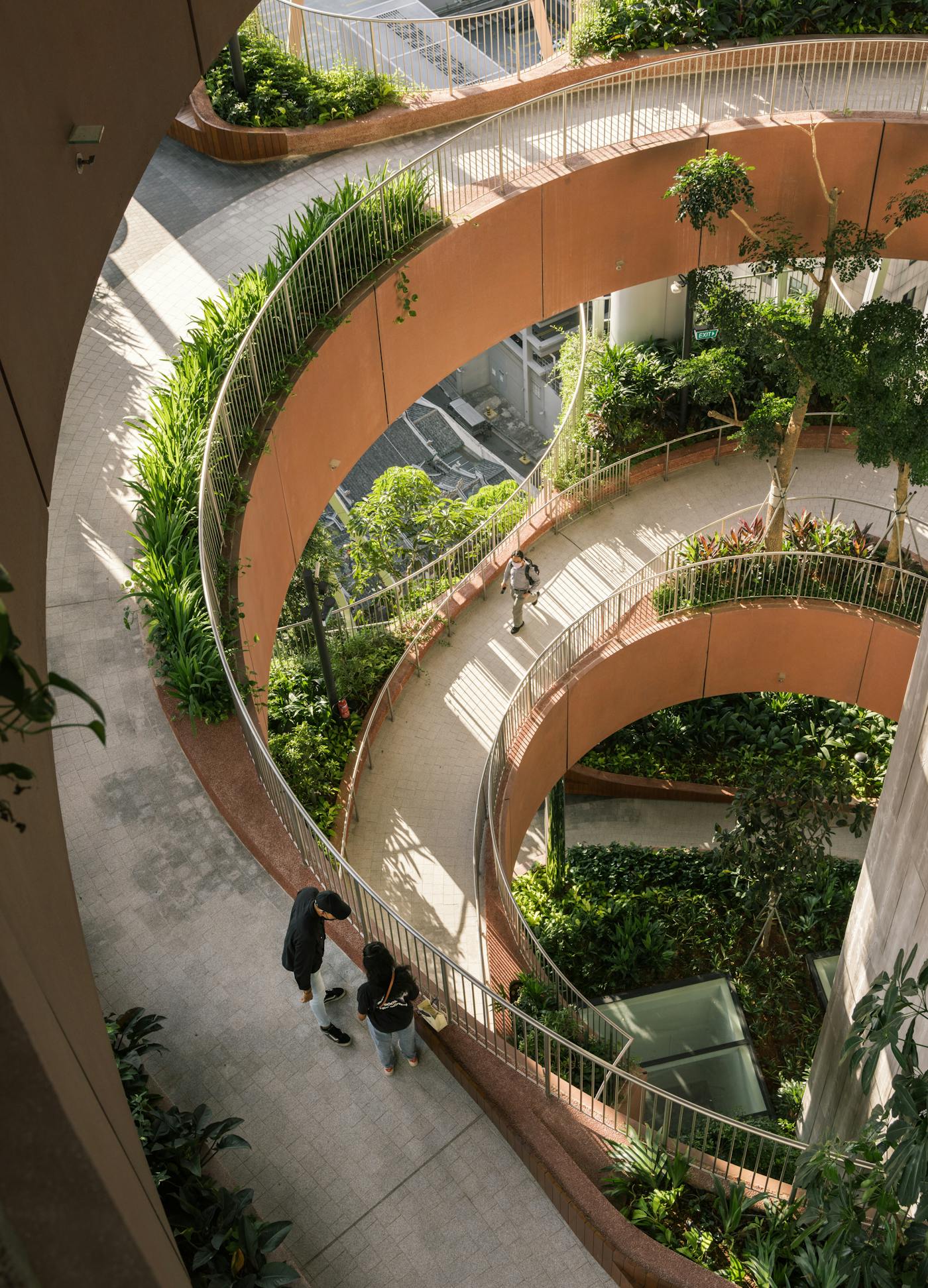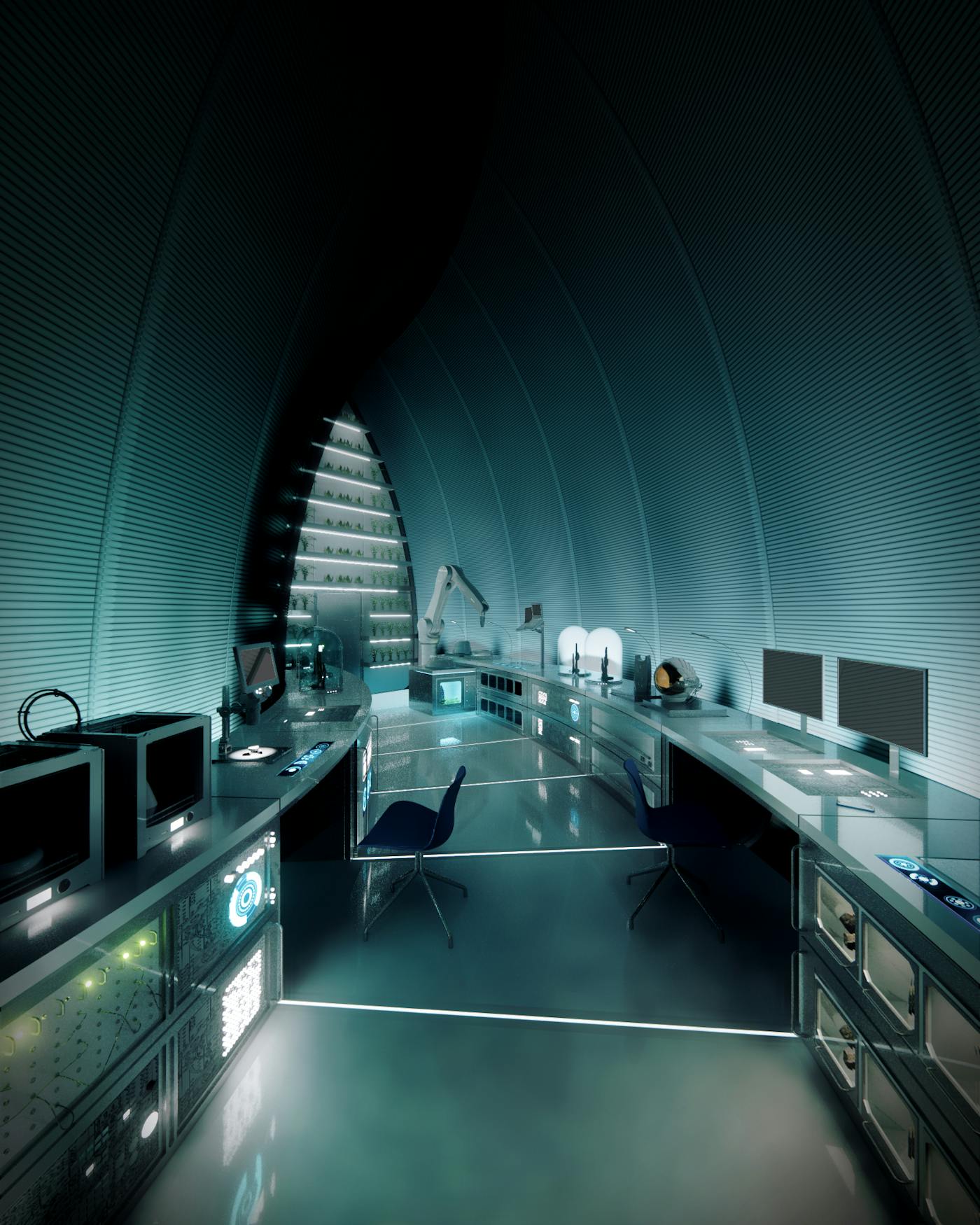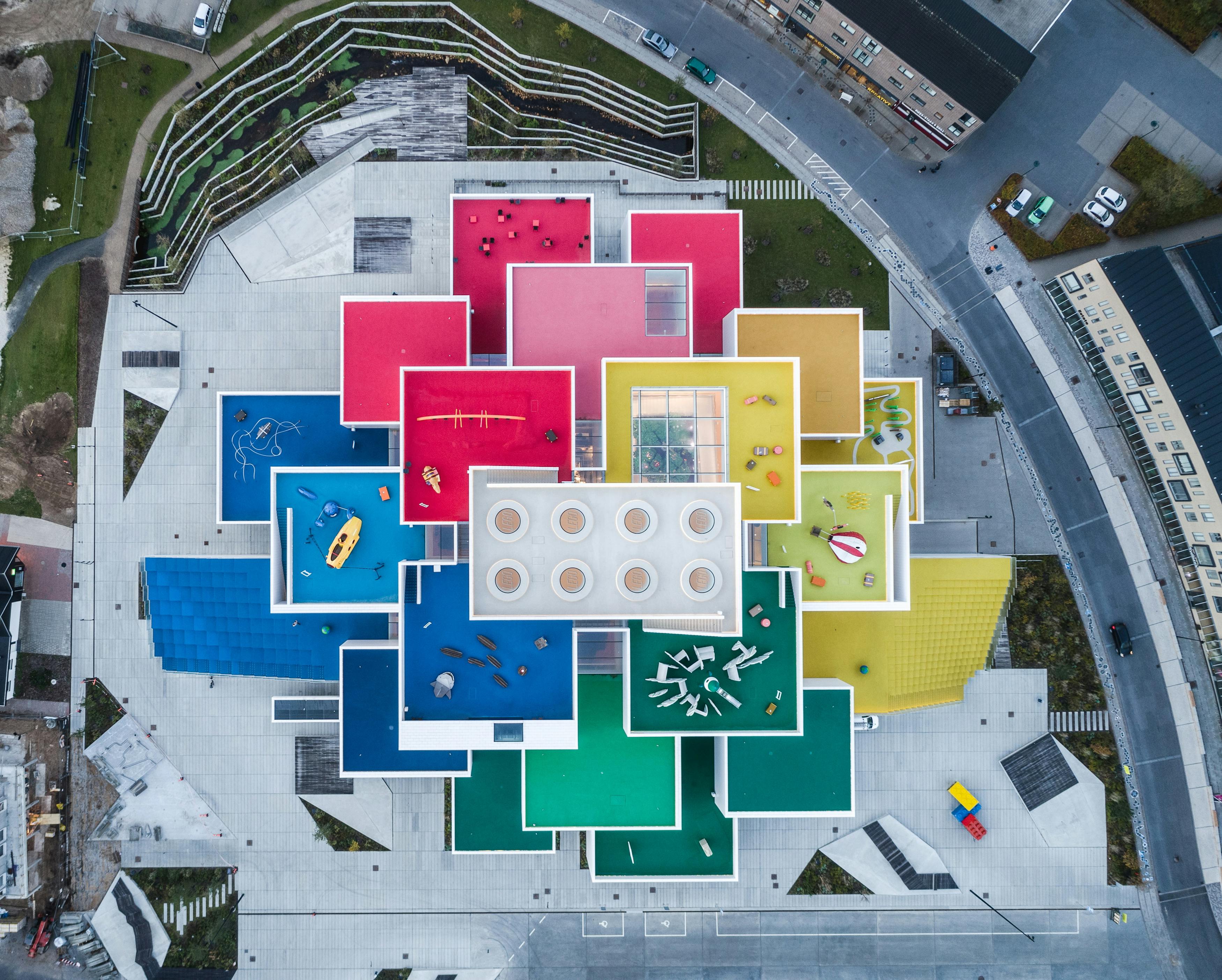
Vol.03
Pushing the Boundaries from Earth to Space BIG Architecture
BIG Around the World
BIG is active not only in architecture and urban planning across the globe but also in space projects, surpassing traditional boundaries of design. Their works, which aim to "create a better world through design and innovation," excel in sustainability. Bjarke refers to their approach as "engineering without engines," providing brilliant solutions that consider thermal efficiency without relying on HVAC systems, as well as numerous site-specific architectural designs.
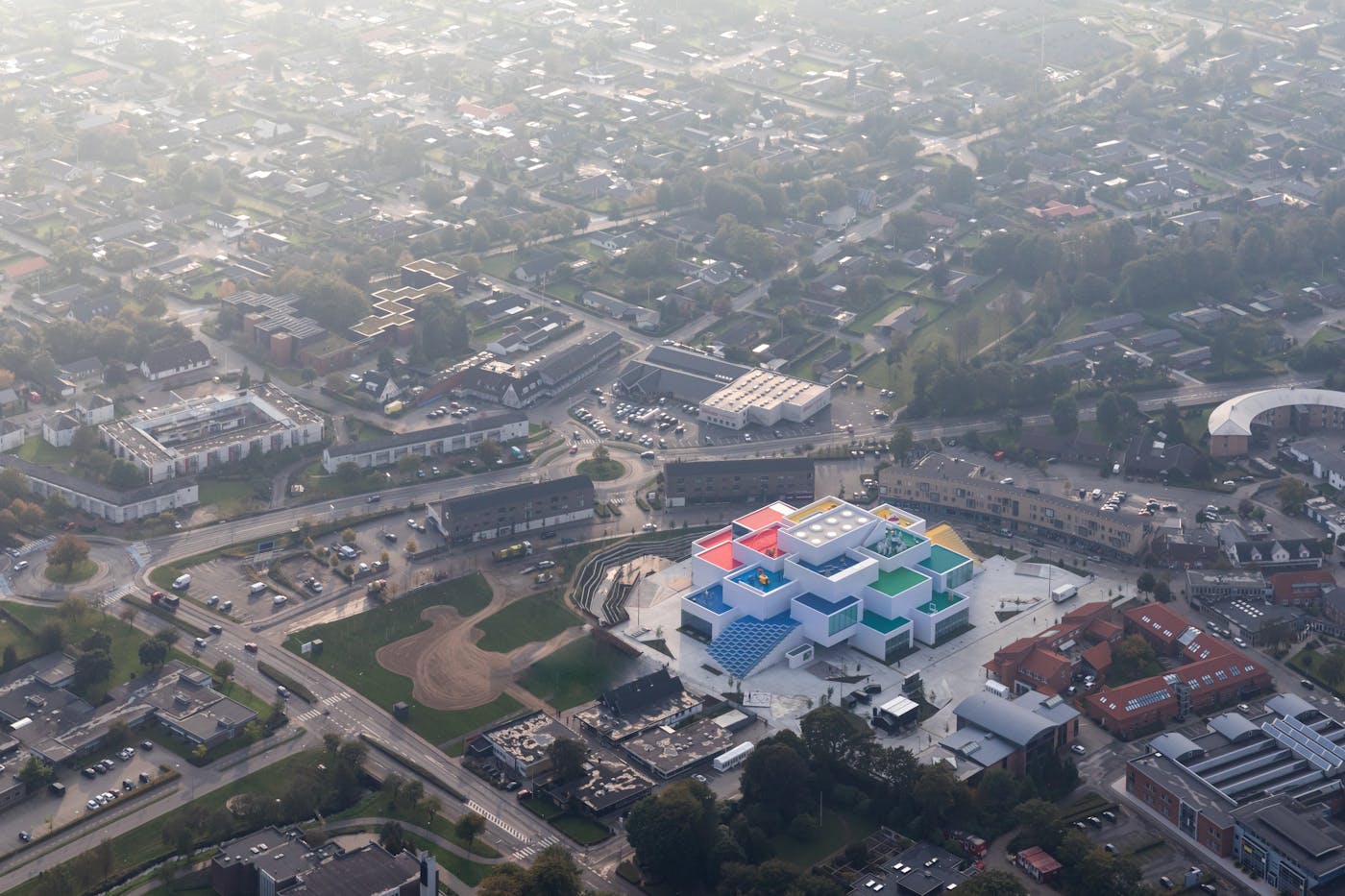
Playful Design that Embodies the World of LEGO
LEGO House is a destination for fans and a symbol of Billund, a town in southern Denmark aiming to be the "Capital for Children." The design features 21 stacked blocks, resembling enlarged LEGO bricks, and is full of playfulness. It is an interactive museum where children and adults can enjoy play zones and a gallery of fan masterpieces. LEGO Square is also a space open to local residents. Each exhibition area is zoned with a color scheme: red for creativity, blue for recognition, green for society, and yellow for emotion, guiding visitors through the experience. The LEGO Group's philosophy of learning through play and creativity is beautifully reflected in the architectural design.
LEGO brand house
2017, Billund/Denmark Photo: Rasmus Hjortshøj, Iwan Baan
A New Landmark Floating on the Water in Amsterdam
BIG and local Dutch firm Barcode Architects designed this mixed-use development facility on an artificial island in Amsterdam's new development area, IJburg. The double cantilever structure gives the impression of floating on the water. In addition to 442 residential units, the facility includes a public rooftop garden, a promenade, a sailing school, restaurants, and a pier for mooring boats, connecting residents and the local community. It boasts an energy-efficient design, with excellent insulation, triple-glazed windows, a heat recovery system, and electricity supplied by an extensive solar panel system on the adjacent island. As a new landmark in Amsterdam, it has become a popular and cherished destination for locals and visitors.
Sluishuis
2022 Amsterdam/Netherlands Photo: © Ossip van Duivenbode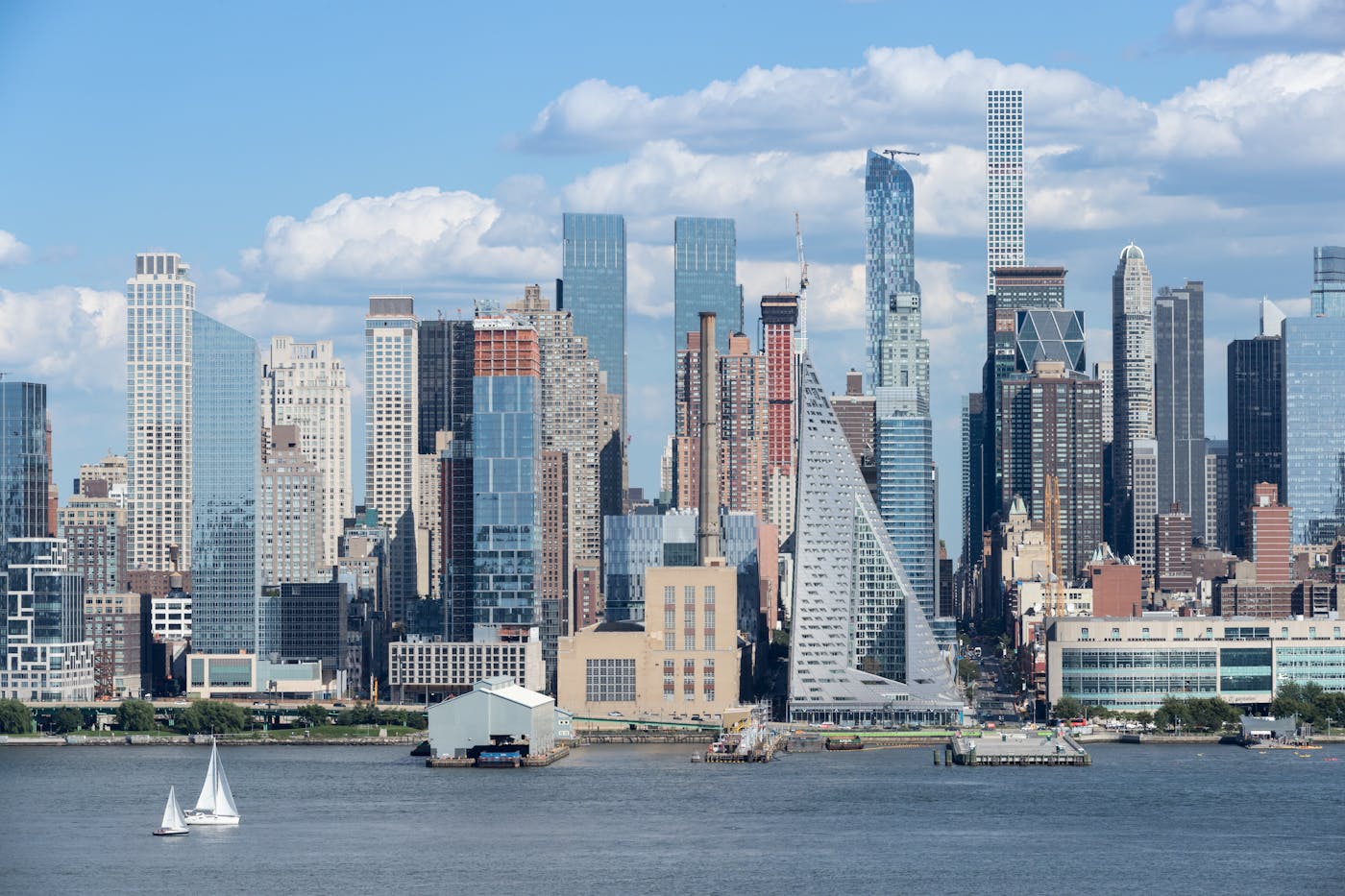
Manhattan Residential Complex: BIG's NY Debut
Among Manhattan's skyscrapers stands BIG's first project in New York, the pyramid-shaped residential complex along the Hudson River. This initiative, born from Bjarke's encounter with real estate mogul Douglas Durst, marked BIG's entry into the New York market. Dubbed the "Courtscraper," a term combining courtyard and skyscraper, this building features a courtyard of over 2,000 square meters inspired by Central Park, ensuring ample sunlight and views for each residence. The windows use a unique glass material that minimizes solar heat gain, enhancing insulation. The 709 apartments come in various types, with many offering private balconies where residents can enjoy views of the Hudson River sunset. In addition to entertainment amenities such as a library, movie screening room, and game room, the complex includes wellness facilities like a gym, pool, and basketball court, supporting the well-being of busy New Yorkers.
Via 57 West
2016 New York/USA Photo: Iwan Baan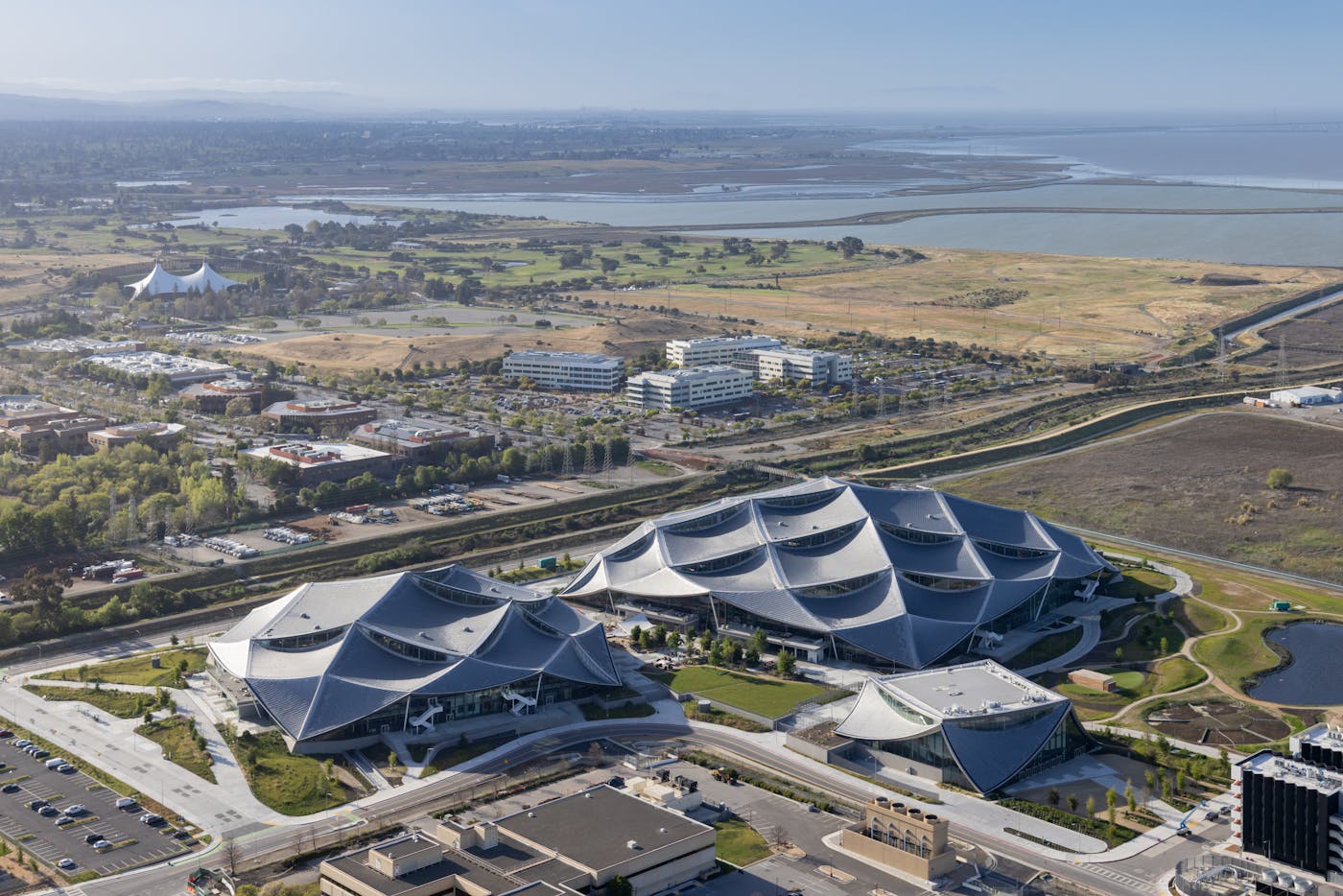
Google Headquarters: Next-Generation Sustainable Architecture
Google's new headquarters opened in Silicon Valley in 2022. The campus, consisting of two office buildings and an event center with a capacity of 1,000 people, was co-designed by BIG and Heatherwick Studio, led by Thomas Heatherwick. At the core of this cutting-edge workplace are three themes: "Innovation," "Nature," and "Community." Located on a nature-rich site that includes forests and wetlands, the structure features cafes and meeting spaces on the ground level, with workspaces on the second floor, incorporating innovative engineering. In addition to geothermal power and a water system that both utilizes rainwater and recycles drainage water, a standout feature is the roof, which is covered with 50,000 solar panels. This "dragon scale" solar canopy will also be used in the NOT A HOTEL SETOUCHI project. The building sets a new standard for sustainable architecture, embodying Google's commitment to achieving net-zero emissions by 2030.
Google Bay View
2022 Moutain View/USA Photo: Iwan Baan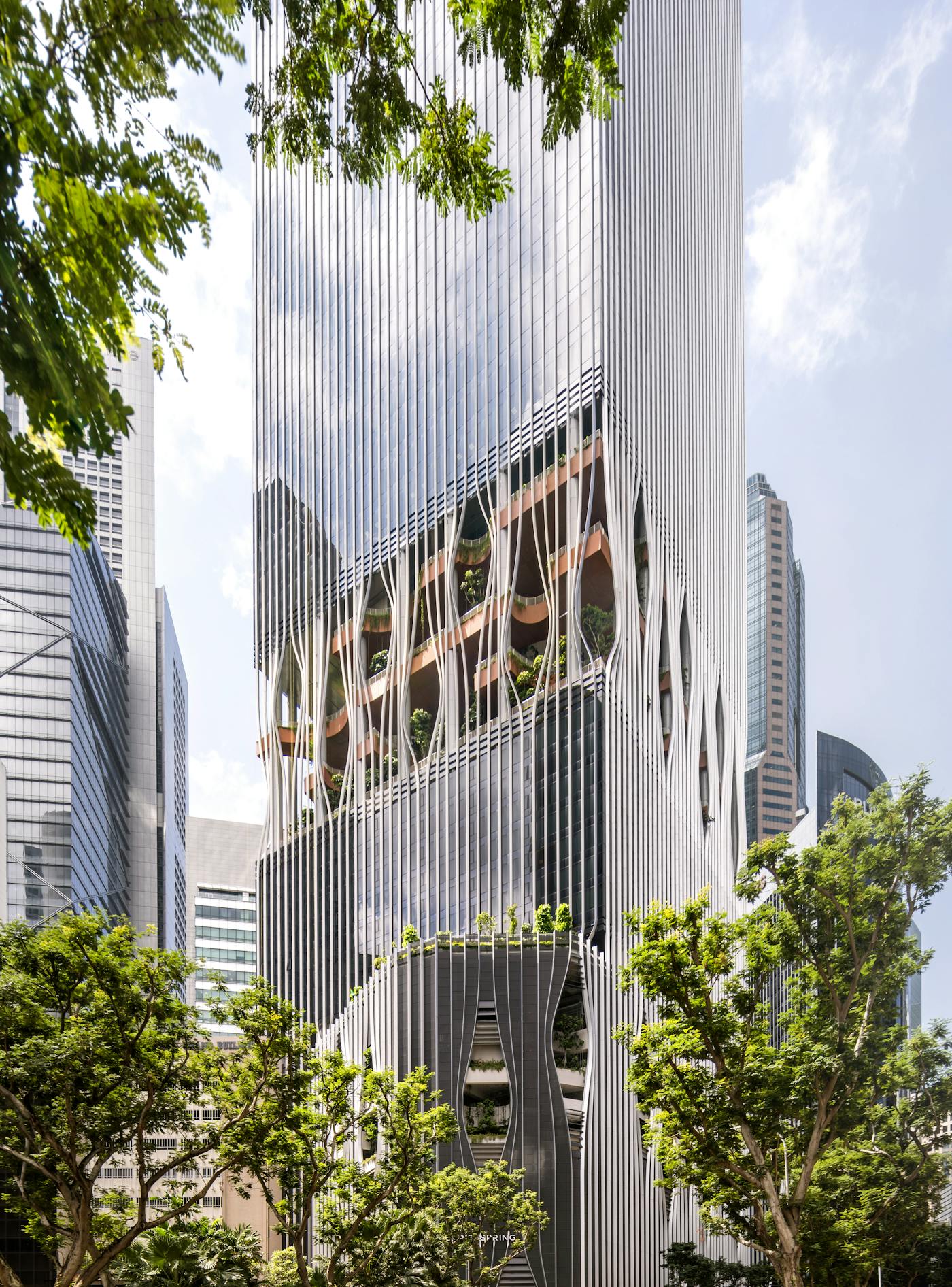
Vertical Sky Gardens in Singapore
CapitaSpring is a 51-story, 280-meter-tall skyscraper in the heart of Singapore's financial district. This mixed-use building, completed in 2021, features commercial spaces, residences, offices, and public areas. The building embraces biophilic architecture, incorporating natural elements into its design. The green space covers an area equivalent to 140% of the site's footprint, with over 80,000 plants. Notably, the "Green Oasis," a four-story atrium, is a multipurpose space filled with tropical plants and trees connected by a spiral walkway. Additionally, the rooftop Sky Garden grows 150 types of herbs and vegetables, which are used as ingredients in the building's restaurants and cafes. The facade, which alternates between organic lines housing the sky gardens and geometric lines of the offices and residences, creates a new urban landscape in Singapore.
Capitaspring
2022 Singapore Photo: Finbarr Fallon
Pursuing Energy Efficiency Through Facade Design
The new headquarters of the state-owned Shenzhen Energy Company features two towers connected at 34 meters, with a central area housing the main lobby, conference center, cafeteria, and exhibition space. The undulating facade has a pleated structure that can fold or unfold based on the sun's orientation. This design maximizes north-facing openings for natural light and views while minimizing exposure on the sunniest sides. The facade system reduces the building's overall energy consumption and creates a dynamic internal space.
Shenzhen Energy Mansion
2018 Shenzhen/China Photo: Chao Zhang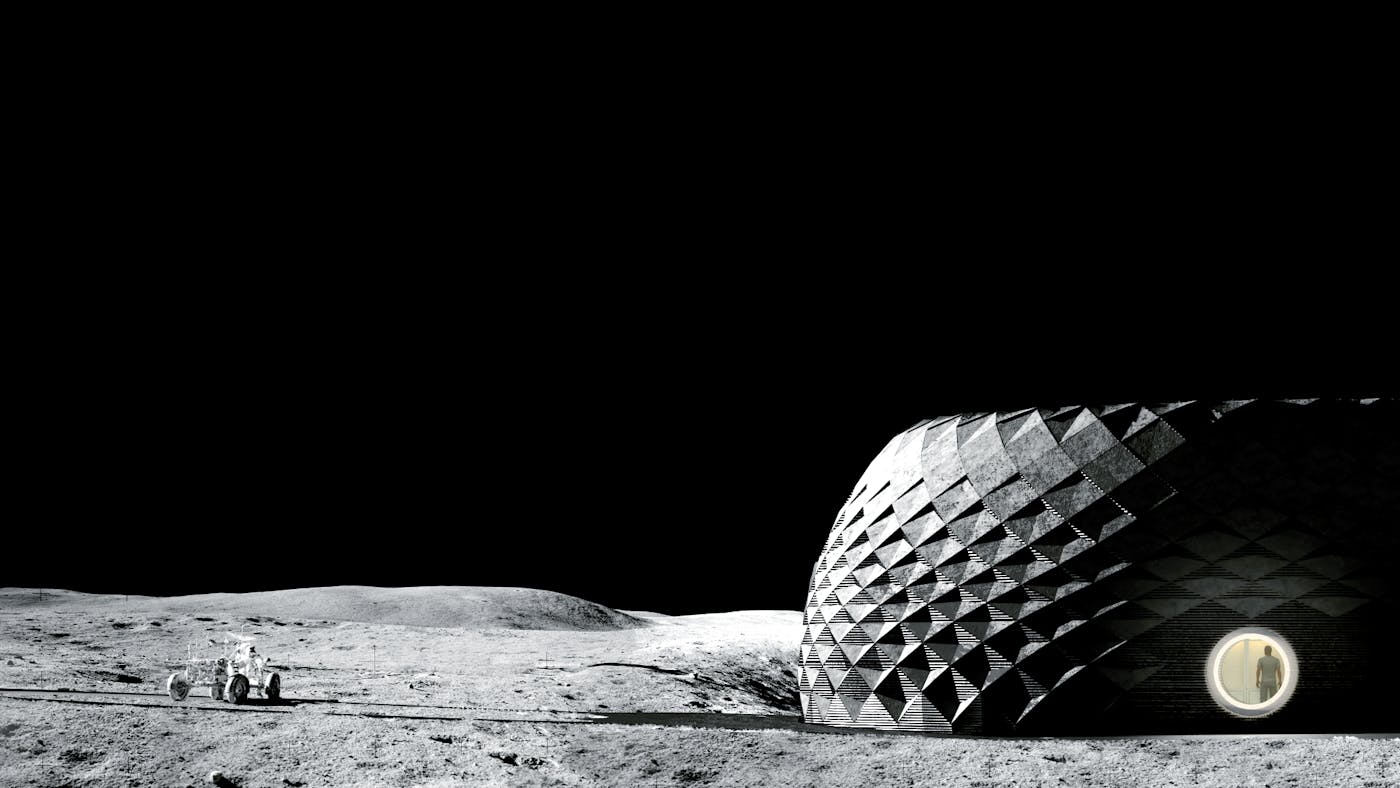
3D-Printed Lunar Habitats
Project Olympus is a collaborative venture involving NASA, BIG, ICON (a company specializing in 3D-printed housing), and SEArch+ (which supports the design of next-generation habitats) to develop the first 3D-printed infrastructure on the moon. The project plans to send 3D printers to the moon to construct habitats using lunar materials. The design aims to withstand the moon's harsh conditions, such as space radiation, micrometeorite impacts, and extreme temperature fluctuations, while effectively containing atmospheric pressure. Various architectural forms are being explored to achieve these goals. In Danish, the term for design is "Formgiving," which means giving form to something that has not yet taken shape. Creating habitable structures in an entirely new space environment will also contribute to sustainable development on Earth.
NASA Olympus
South pole of the Moon Concept render: BIGSTAFF
EDIT・TEXT
TRANSLATION
Sanae Sato
Jeremy Kuhles
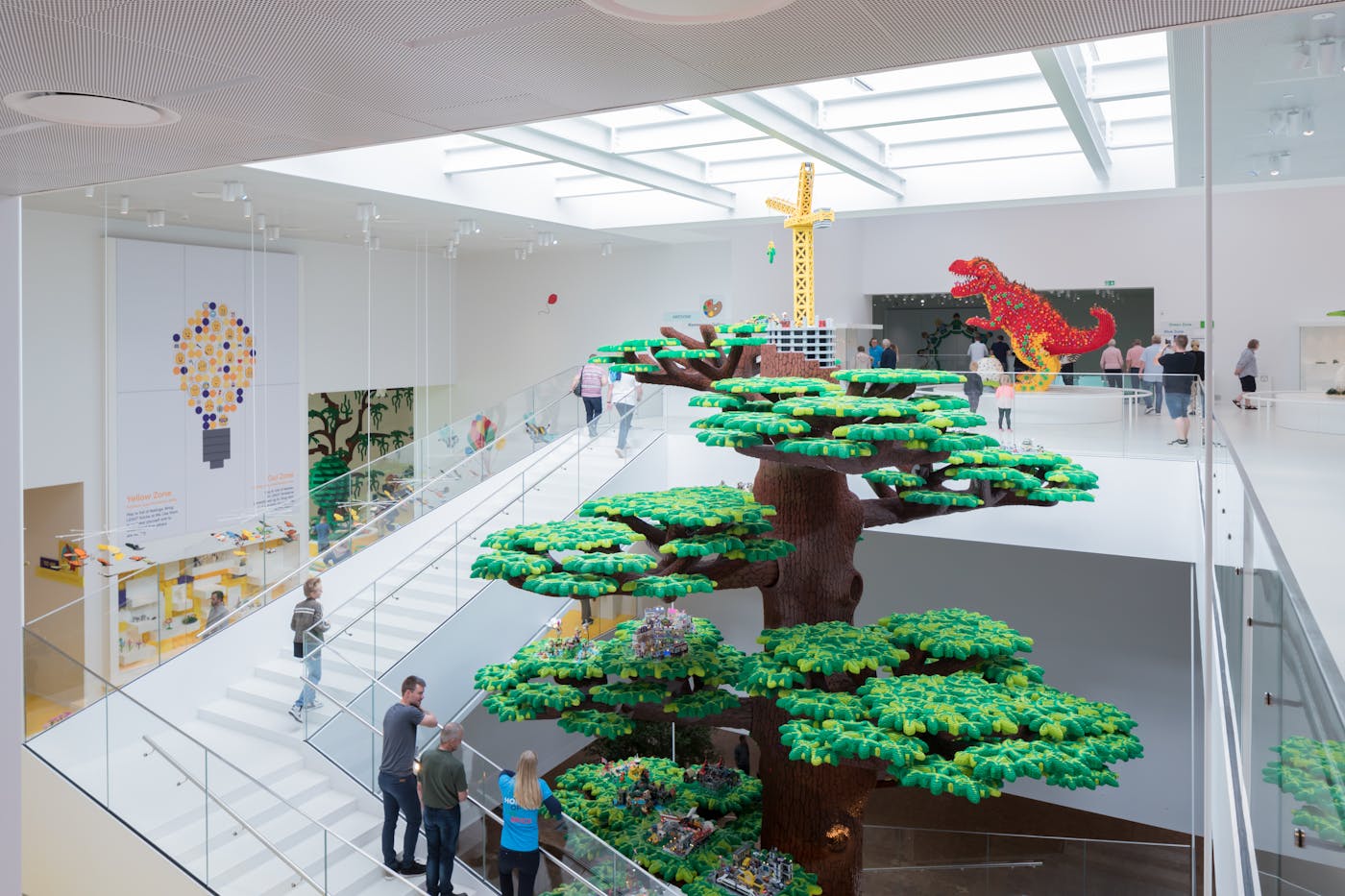
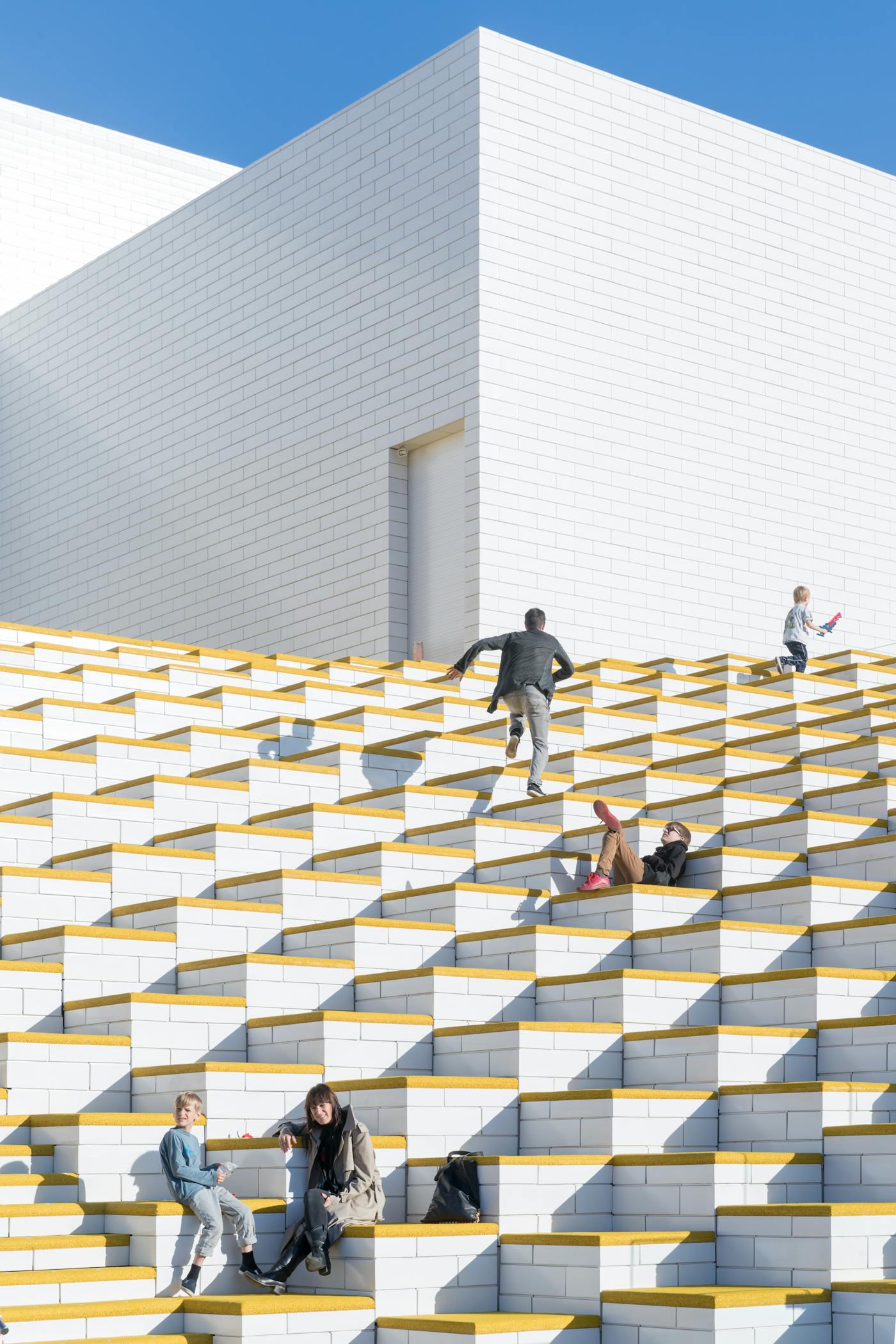

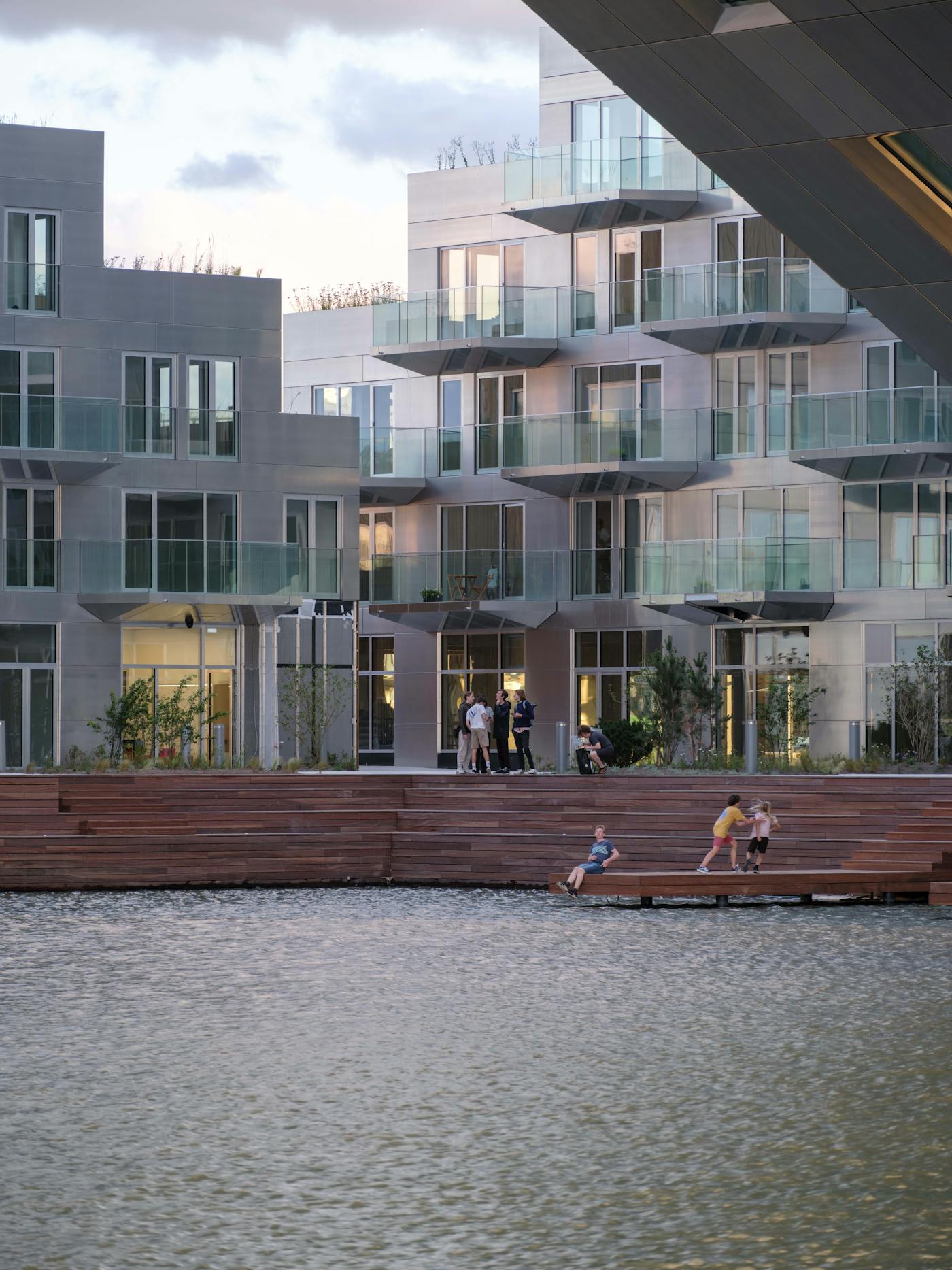
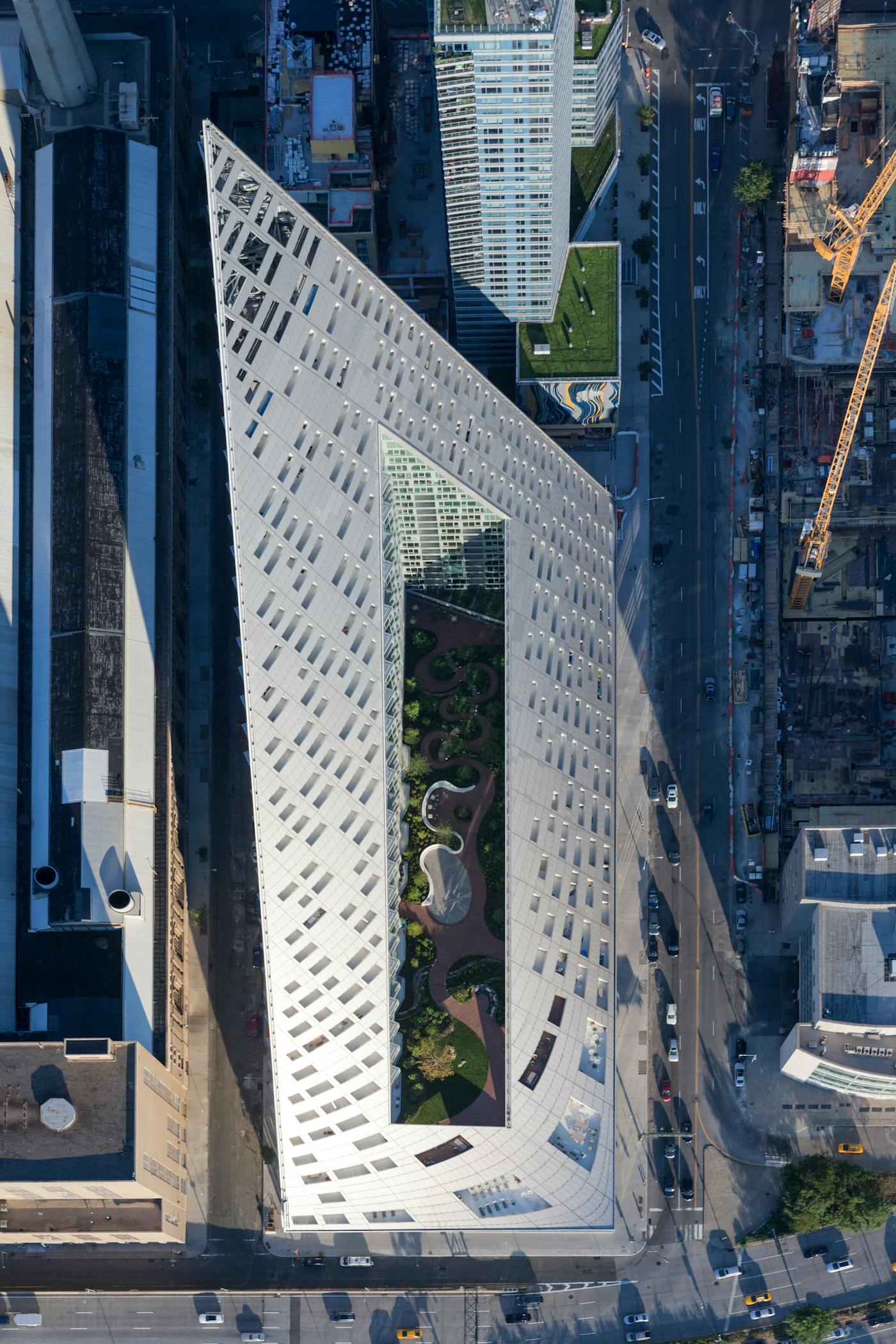
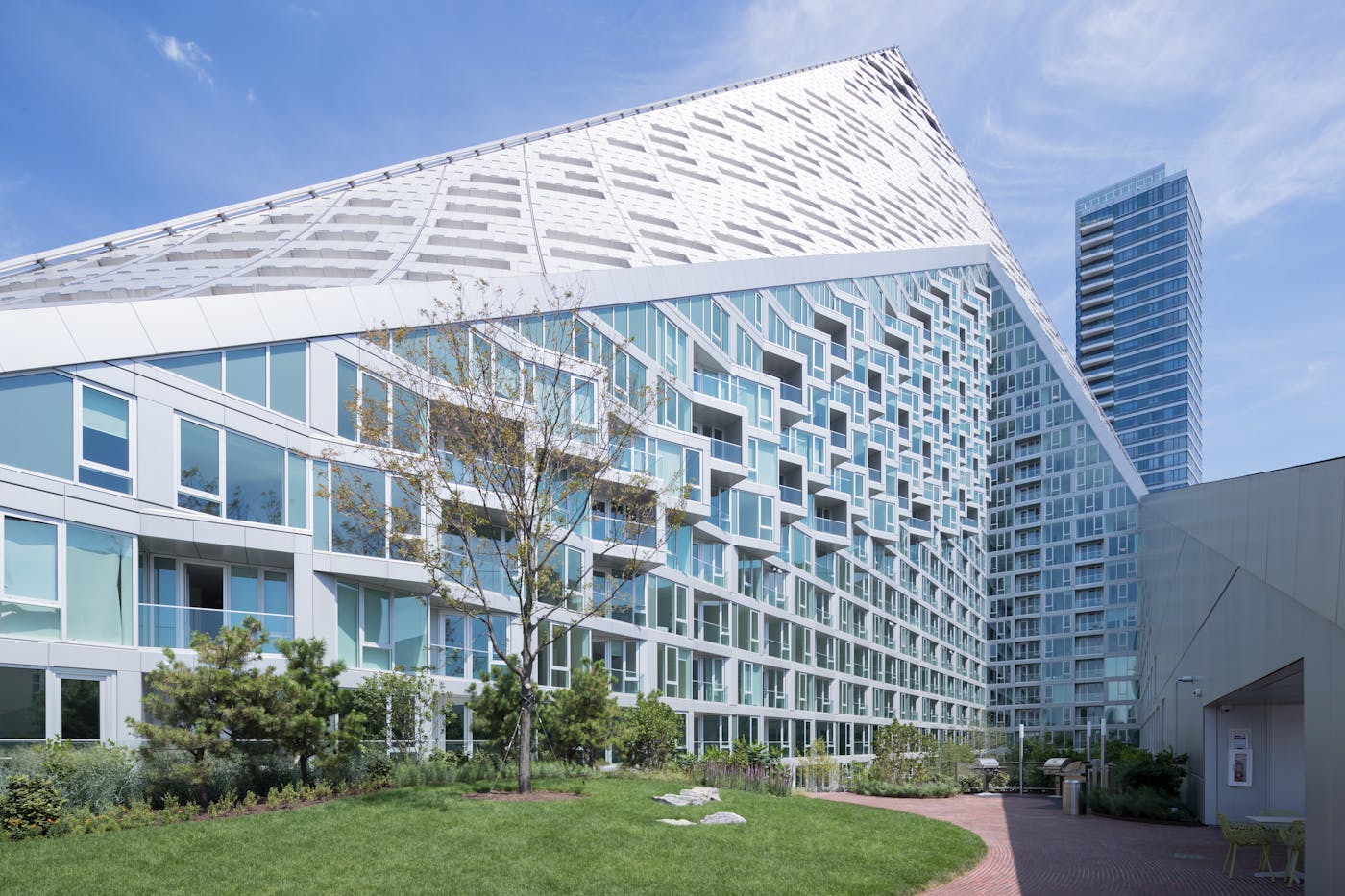
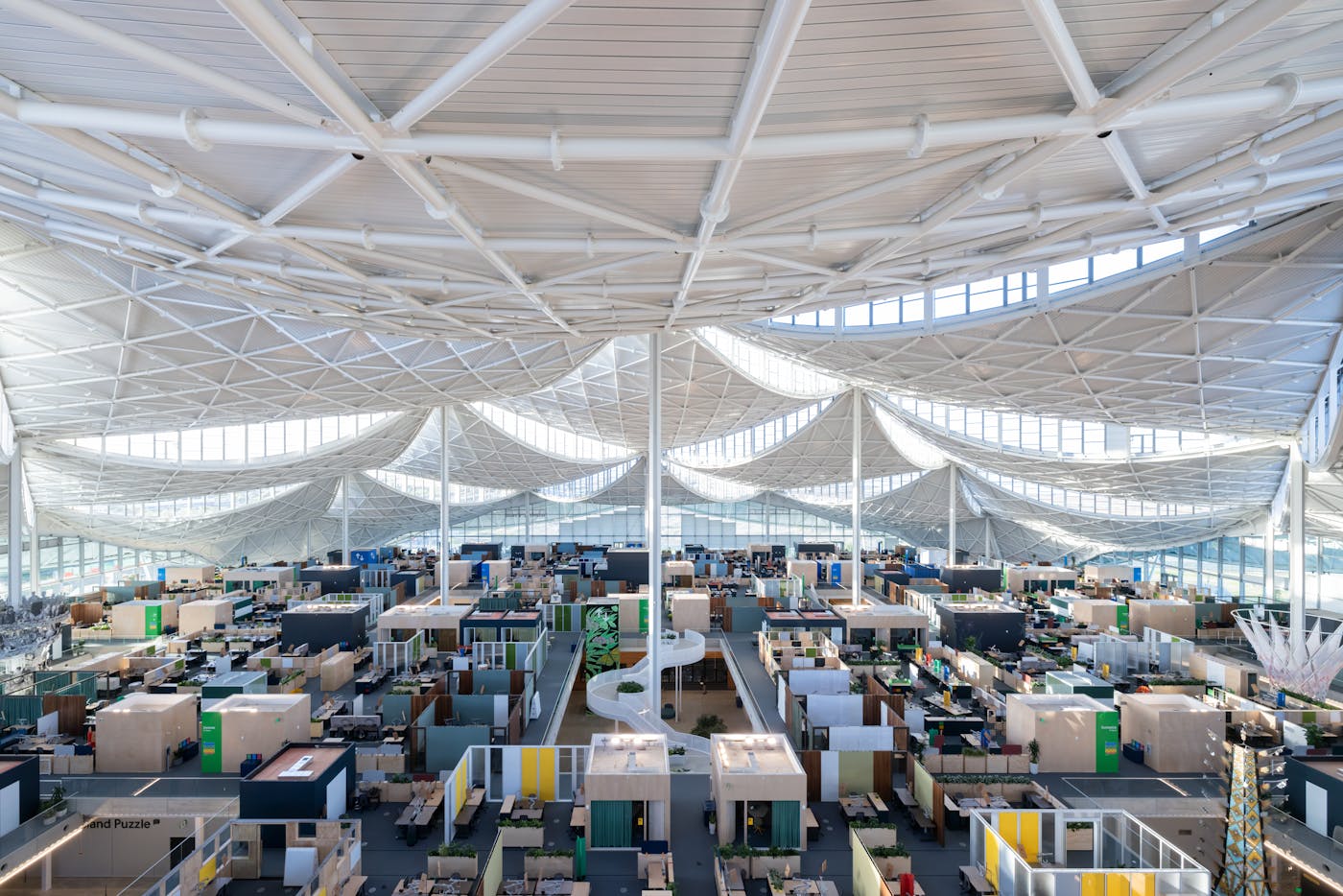
.jpg?dpr=2&w=700&auto=compress)

